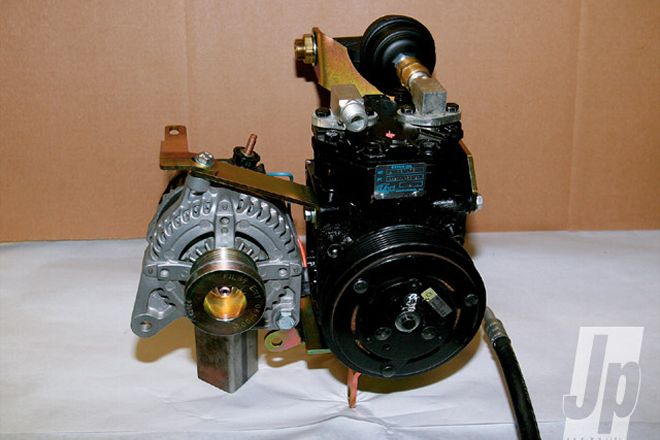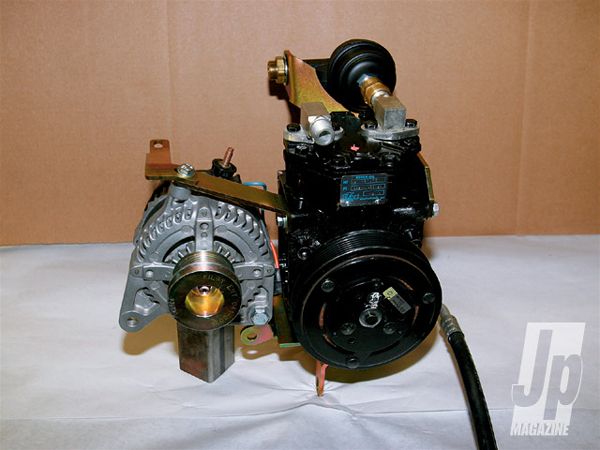
 Pete Trasborg
Brand Manager, Jp
Pete Trasborg
Brand Manager, Jp
 This a Kilby Enterprises setup for a JK. While you can put the parts wherever you want, this is a very well thought out way to locate the parts that are involved with the compressor.
This a Kilby Enterprises setup for a JK. While you can put the parts wherever you want, this is a very well thought out way to locate the parts that are involved with the compressor.
Engine-driven onboard-air systems can be confusing to understand. The belt-driven compressor is obviously needed, but are all the switches, valves, gauges, and everything else needed? What specs are important? What separates the good parts from the crap parts? The first time we built an onboard-air system we wasted a lot of money buying parts, hoses, and fittings multiple times. After spending so much money on things we didn't need, we decided to seek professional help to help you avoid some of the mistakes we made buying and breaking cheap parts. So, with the help of Kilby Enterprises, here is everything you need to know about onboard air.
Expert Source
For those of you that haven't heard of Kilby Enterprises, the company has been building bolt-on onboard air systems for Jeeps for 12 years now. The company also now builds onboard air systems for many popular late model pickups. Thanks to years of experience with parts that fell short, Kilby had perfected such parts as the pressure switch, pressure release valve, bolt-on engine brackets and more. All the parts shown in this story are available from Kilby Enterprises.



















